
About This Quiz
Tune up to the sexy auto classics we have in store on this turbo mission! Identify vehicles that continue to exude design excellence. Just like fine wines, these cars' attributes get better with time.
The cars that you'll see here hover just above the realm of classy. The heavenly relics have the right dose of va-va-voom, vroom and zoom power. Design-wise, these marvels remain at the top of their auto game. Some of the top engineers in the history of the automotive business poured their pure genius all over these designs. The level of mastery they've exhibited in building these select models makes you appreciate all the talent and motivation that's required to build cars from scratch. Love was the inspiration that drove former General Motors executive John Delorean to craft the hugely attractive DMC-12 for his actress-model wife. Love of the car game propelled the Indiana-based car greats at Duesenberg to boldly debut some of the industry's most gorgeous and priciest machines during the Great Depression.
Healthy competition has always been and will always be the motivating force behind most auto designs. Ford built a high-performing, sexy automobile in the GT40, with much help from American engineering mastermind Carroll Shelby. Ferrari refused to be outdone when the company raced to build their 330 P4 in response.Â
In the spirit of healthy competition, kindly identify the sexy eye candy we've served up just for you!

The first manufactured sports vehicle equipped with an exhaust gas turbocharger was the Porsche 911 Turbo. The car reached the United States in 1976 with requisite bumpers that some say diminished the classy design.

Ettore Bugatti dictated mechanical aspects of the Bugatti Type 57, while his son Jean took care of everything else, especially the vehicle's super-sexy appeal. Just 685 Type 57's were produced between 1934 and 1939.

The four-cylinder, four-wheel 1936 Morgan Plus 4 replaced the automaker's earliest three-wheel designs. H.F.S. Morgan thought to handcraft 29 louvers along the length of the car's bonnet.
Advertisement

Jaguar announced that it would offer an all-electric version of the sexy E-type classic called the Jaguar E-Type Zero. The Zero is said to carry LED headlights and touchscreen navigation.
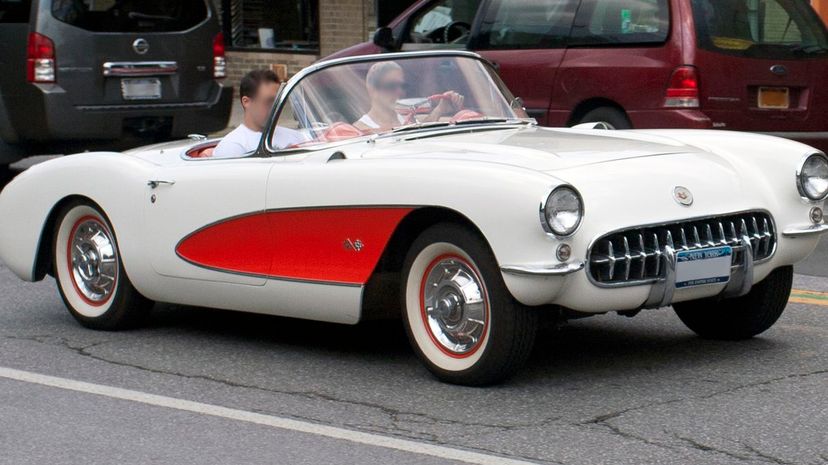
The 1967 Chevrolet Corvette was a sexy stunner with 435 horsepower generated by a 427-cubic-inch V-8 engine. In '67, General Motors produced its 100-millionth vehicle in the United States.

The small group of Ferrari 250 GTO owners possess one of the priciest cars ever to be auctioned. In 2018, the vehicle was auctioned for $48.4 million. Ferrari manufactured the 250 GTO series between 1953 and 1964.
Advertisement

The 1958 Aston Martin DB4 was crafted in the company's Newport Pagnell factory in the U.K. Known as the "James Bond Aston Martin," the Aston DB5 was produced from 1963 to 1965. The DB4 coupe was priced at $10,000 during its production period.

The Volvo P1800 sports coupe achieved a modest 100 horsepower. Comparably priced coupes, like the Jaguar E-Type, generated much more power. The P1800 was designed in Italy and manufactured in England. Production was moved to Sweden in 1964.

Crafted by car maker Wilhelm Karmann, the Volkswagen Karmann-Ghia was a Porsche-Volkswagen collaborative achievement. Karmann was the engineering master behind other designs, such as the Volkswagen Golf Cabriolet.
Advertisement
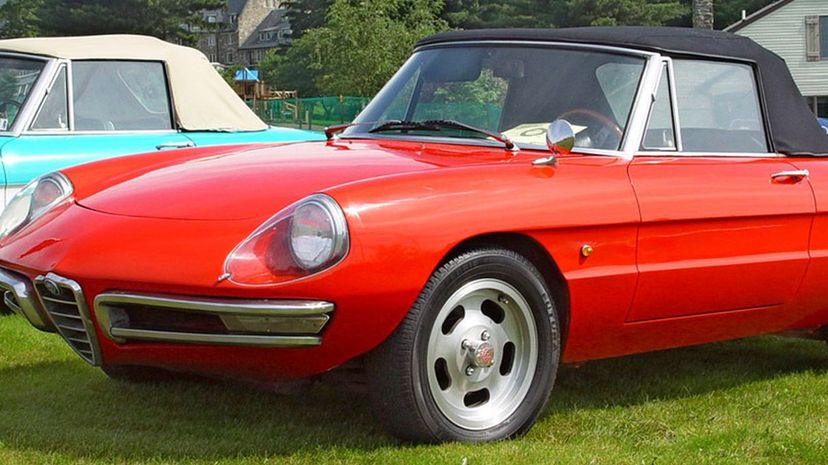
The Alpha Romeo Spider was manufactured from 1966 to 1969. The sexy auto aptly made an appearance in the racy romantic flick "The Graduate," starring Dustin Hoffman. The Alpha Romeo Spider is also referred to as "Duetto."

The Hudson Hornet managed to rev up shocking speeds with an engine that only had six cylinders. Detroit department-store magnate Joseph Hudson established the Hudson Motor Car Co. that produced the high-speed 145-horsepower sensation.
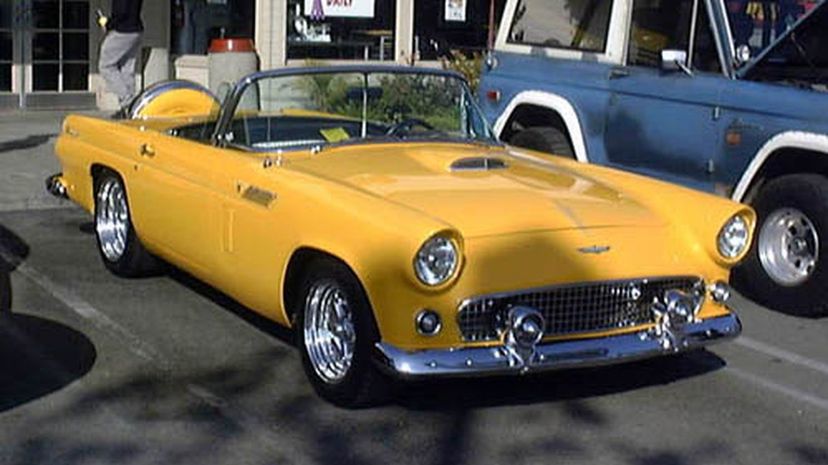
Steel-bodied 1955 Ford Thunderbird, or T-Bird, was a two-seater until Ford switched to four seats for the 1958 model. In 2005, the United States Postal Service issued a commemorative 37-cent stamp featuring the sexy classic.
Advertisement

In 1967, the United States imported its last low-to-the-ground Austin-Healey in anticipation of looming strict smog restrictions. The classic came equipped with a six-cylinder engine.

The Jaguar label emerged with the 1935 high-hooded SS100, one of several models released that year. Jaguar revamped the SS100 in 1936 with a new engine and body. At the time, the 1936 model was priced from $120,000 to $220,000.

After a Lotus car won the Indianapolis 500 in the '60s, race-car builders were quick to copy the car's rear engine. Prior to that, few people, aside from avid car enthusiasts, had ever heard of the brand.
Advertisement

Porsche made the aluminum frame of its 356 1500 model by hand. The design carried a 70-horsepower flat-four engine, and it reached a top speed of 108 mph. The speedster featured buckets seats and a rain-cover top.

The 1973 Triumph GT6 MK3 was engineered based on its 1966 ancestor model. The 1,936-pound vehicle generated 95 horsepower with an inline six-cylinder engine. Leyland replaced vinyl seats with cloth that model year.

The Austin-Healey 100 came as a two-seat model, and there was also a version with a small backseat to fit a child. The company manufactured only 640 units of the 100M, which was a more powerful iteration of the classic.
Advertisement

Jaguar engineers designed the XK120 around the XK, which was a 3.4-liter straight-six engine. With its windscreen removed, the Jaguar XK120 could achieve 133 mph and 126 mph with the screen still attached.

The Aston Martin DB4 design was released at the end of 1958. The manufacturer engineered the vehicle at its newly modernized Newport Pagnell facility in the United Kingdom. Aston Martin unveiled the Zagato model shortly thereafter.

The late-'60s sexy sensation Toyota 2000GT sold for a base price of roughly $7,200 when it was released. The Bond-worthy 1967 creation boasted a 2.0-liter inline six engine that generated 148 horsepower.
Advertisement

The "RS" stood for "Rennsport," or racing sport. The "2.7" in the name meant the 1,985-pound Porsche Carrera 2.7 RS carried a 2.7-liter displacement of the RS motor, which achieved 210 horsepower.

The 1951 Jaguar C-Type featured the company's 3.4-liter XK engine with six cylinders. The 1953 C-Type boasted independent rear suspension and dished 220 horsepower. The automaker only assembled 53 C-Types between 1951 and 1953.

Maserati showcased the 5000 GT at the auto show in Turin, Italy in 1959. Maserati designed its first two versions of the 5000 GT with a V-8 carbureted engine that reached 172 mph.
Advertisement

In 1929, the Duesenberg Model J sold for roughly $8,500. The sexy American auto offered 265 horsepower. During the Great Depression era, most Americans could not afford the car's price tag, which increased to $9,500 by 1932.

The Mercedes-Benz SSK achieved 180 horsepower with a weight of 3,350 pounds and a pinnacle speed of 120 mph. All wheels of the SSK carried drum brakes, and the car's chassis hung low.

BMW survived World War II to produce the 507 model, which was not released until the 1950s. American pop legend Elvis Presley drove the 507 while he served in the U.S. Army and was stationed in Germany.
Advertisement

Sports-car engineer Carroll Shelby is partly responsible for the AC Cobra. The British Ace-Bristol company was his collaborator from 1962 to 1965 when the Shelby AC Cobra was produced.

The Ford GT40 started out as a rear-engined Mustang before it was released in 1964. There were 160 GT40 models manufactured from 1964 to 1969. These autos carried a V-8 engine that generated 485 horsepower.

The two-seat Lamborghini Miura sold for approximately $20,000 when it was first released. The automaker engineered its V-12 engine transversely in the rear. Marcello Gandini of Bertone crafted the frame.
Advertisement

During the 1967 racing season, the Ferrari 330 P4 is one of only a few factory race models that the company produced. The company crafted the P4 to compete with the Ford GT40, which dominated the racing circuit.

The rear mid-engined high-performance Alfa Romeo 33 Stradale strutted a 90-degree 2.0-liter V-8 engine. The Stradale is the steel tube chassis that was the market-ready iteration of the Type 33.

Tail-finned '59 Cadillacs were some of the sexiest autos of the '50s. The model boasted many of Cadillac's engineering accomplishments, including a self-starting engine and air conditioning.
Advertisement

Ford only produced 1,934 units of the Boss 302 Mustang muscle car, which the company introduced in March 1969. The carmaker released a 2012 version that produced 444 horsepower and reached a speed of 155 mph.

John DeLorean departed General Motors to start DeLorean Motor Company in 1973. The result was the sexy two-seater sports car the auto mogul dedicated to his wife. The car was produced for U.S. consumers starting from 1981 until 1983.

The Ferrari F40 was the last car that Enzo Ferrari commissioned through the brand. Intricate tubing sits behind the F40's open black grating. The vehicle's V-8 engine conjured 478 horsepower.
Advertisement
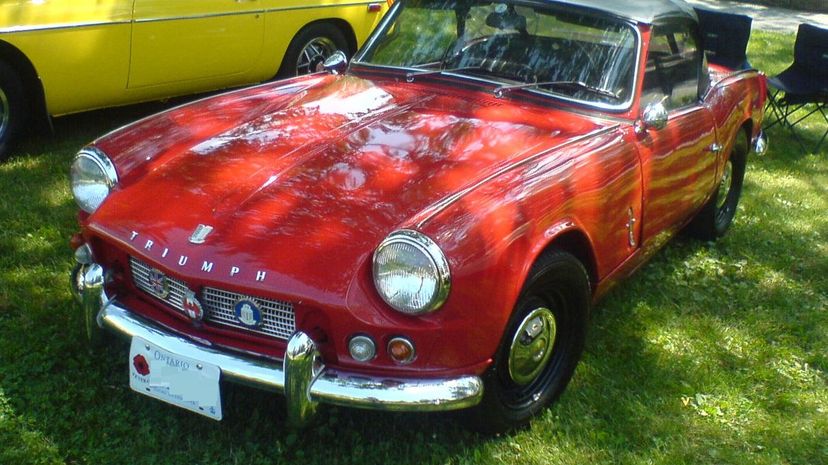
The Triumph Spitfire was an inexpensive two-seat convertible sports car presented at the 1962 London Motor Show. The Spitfire borrowed cues from its predecessor, the Triumph TR2, which sold well in the U.S.

The Industrial Designers Institute awarded the Lincoln Continental for its sexy style. The '65 edition sold 40,180 units, and the company set a record with the 1966 Lincoln Continental, of which it sold close to 55,000.
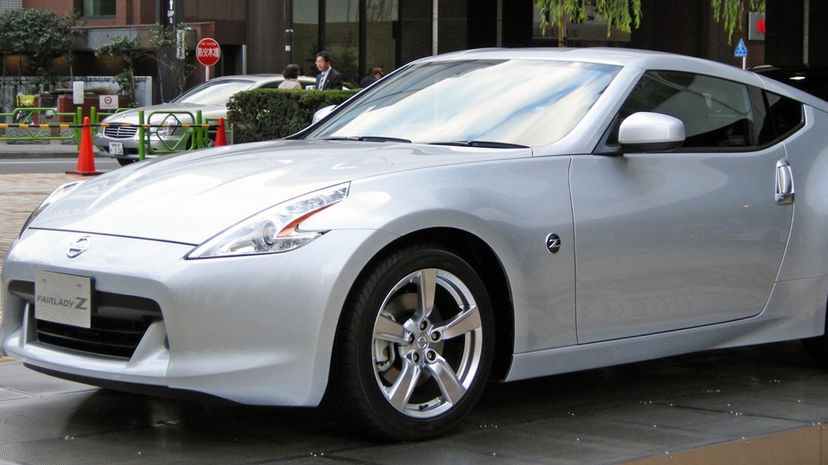
The 1969 Nissan Fairlady Z launched the company's Z car series. It was the first vehicle that Japan's Datsun exported to the United States. Nissan introduced a 2002 version of the model explicitly targeted for the baby-boomer market.
Advertisement
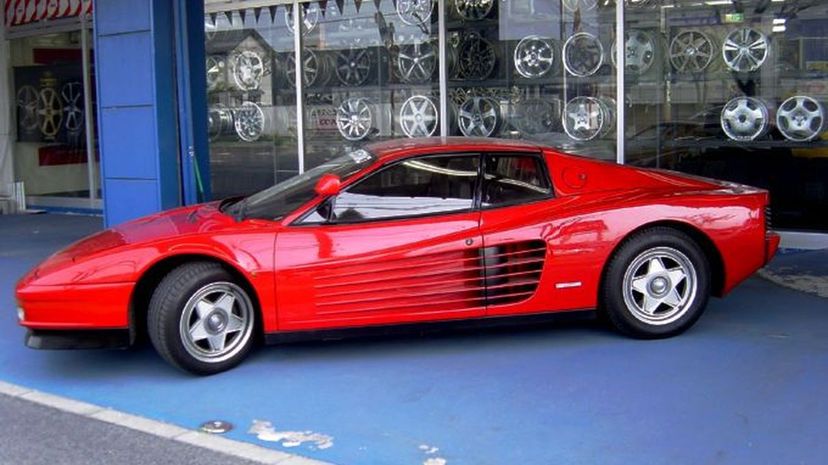
Released in 1984, the Ferrari Testarossa was named for the Italian phrase for "redhead." Italian auto design firm Pininfarina styled the Testarossa, which was one of Ferrari's best-selling models.